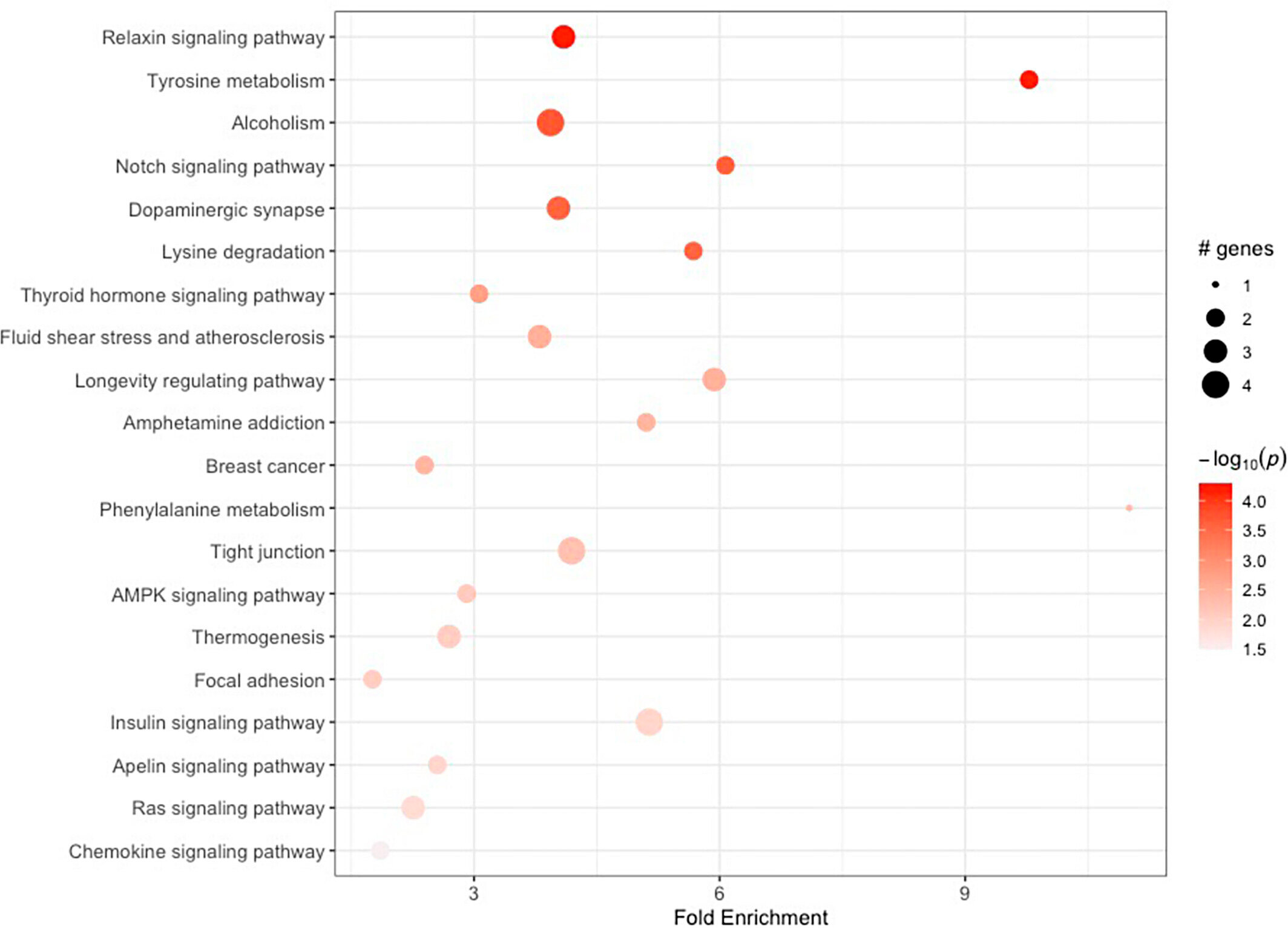Biomarkers of environmental exposure in Parkinson's disease discovered
Last reviewed: 14.06.2024

All iLive content is medically reviewed or fact checked to ensure as much factual accuracy as possible.
We have strict sourcing guidelines and only link to reputable media sites, academic research institutions and, whenever possible, medically peer reviewed studies. Note that the numbers in parentheses ([1], [2], etc.) are clickable links to these studies.
If you feel that any of our content is inaccurate, out-of-date, or otherwise questionable, please select it and press Ctrl + Enter.

A team of researchers from Northwestern Medicine has discovered new patterns of DNA methylation in the blood of patients with Parkinson's disease, according to results published in the Annals of Neurology.
The study, led by Paulina Gonzalez-Latapi (MD, MS), assistant professor in the Division of Movement Disorders in the Ken and Ruth Davey Department of Neuroscience, demonstrates the potential of using DNA methylation as a biomarker and diagnostic tool to identify disease risk in patients.
Parkinson's disease occurs when certain areas of the brain lose the ability to produce dopamine and ultimately regulate movement. The condition affects more than six million people worldwide, according to the Michael J. Fox Foundation for Parkinson's Disease Research.
In addition to the already known genetic causes of Parkinson's disease, recent research also suggests that environmental factors may increase the risk of developing the disease. However, understanding the impact of environmental factors and genetic mutations on the risk of developing the disease remains poorly understood.
In the current study, researchers examined DNA methylation profiles from blood samples from 196 patients with Parkinson's disease and 86 healthy participants enrolled in the Parkinson's Progression Markers Initiative (PPMI) study.
“DNA methylation, in a sense, serves as a memory of previous environmental exposures that ultimately change the methylation signatures in our cells and bodies,” Gonzalez-Latapi said.
The researchers first analyzed genomic methylation data to identify methylation changes in participants' whole blood samples (consisting of red blood cells, white blood cells, and platelets) over the three-year study period. They then integrated this data with gene expression data obtained through RNA sequencing. Using different approaches, the team found 75 differentially expressed genes with different methylation patterns in patients with Parkinson's disease compared to healthy controls.

Pathway enrichment for differentially methylated regions (DMRs) at baseline. The size of the circle represents the number of genes belonging to each pathway (larger circle = more genes). Source: Annals of Neurology (2024). DOI: 10.1002/ana.26923
Especially observed were persistent differences in DNA methylation in the CYP2E1 gene from the beginning and throughout the three-year study period. The CYP2E1 protein is known to metabolize substrates, including pesticides, whose exposure has previously been linked to the development of Parkinson's disease, according to Gonzalez-Latapi.
"This is a significant step toward uncovering the complex interactions that occur in Parkinson's disease and may pave the way to identifying potential biomarkers for early diagnosis and progression," Gonzalez-Latapi said.
"Characterizing patterns of DNA methylation and gene expression in the blood has the potential to help us understand the complex interactions between environmental and genetic factors in the development of Parkinson's disease," said Dimitri Crane, M.D., Ph.D., Aaron Montgomery Ward Professor and Chair Ken and Ruth Davey Department of Neuroscience, senior author of the study.
"From a broader perspective, such patient-based studies will help classify patients with Parkinson's disease through a biological lens, which will ultimately facilitate the development of more precise treatments for patients with different subtypes of the disease."
Moving forward, Gonzalez-Latapi said, her team plans to study DNA methylation data in patients in the prodromal phase of Parkinson's disease—those who are at risk for developing the disease but are not yet showing symptoms. They also hope to study how environmental exposures, such as pesticide exposure, affect methylation changes in patients over time, she added.
